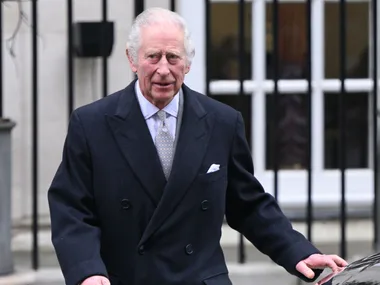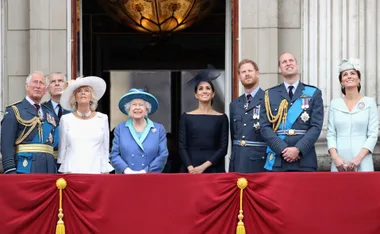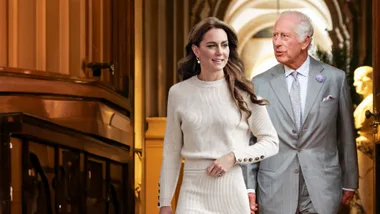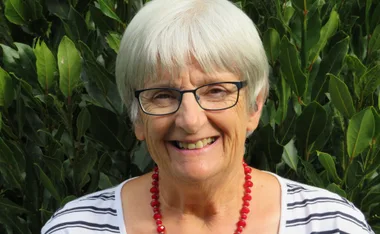TV cook Lyndey Milan’s son Blair died suddenly from cancer on April 17 last year. He was just 29 years old. Here, Lyndey reveals how his death has torn a hole in her life.
As Blair’s mother, people might expect me to say that he was special, but he truly was.
For Blair, everything was an experience to be savoured. He didn’t just have a birthday. He had the “Month of Blair”, which usually included at least three parties for his friends and relatives, and a weekend away.
Related: I love my son’s cleft palate
It’s a tradition that started when he was just one and his friends estimate that, during his 29 years, he managed to celebrate 87 birthdays. Blair always said he wanted to live a full and happy life and, in so many ways, he did.
Blair was an actor and a bloody fine one. He studied Theatre/Media at Charles Sturt University in Bathurst, NSW. He graduated with distinction, at the top of his year.
Like all actors, he worked as a waiter and waited for his big break to come along. Self-assured and confident, everyone knew him as the life of the party, the handsome boy at the centre of everything, underlining it all with his personal motto: good times.
He made a conscious choice to be happy every day of his life. He’d call me and I’d say, “I’m stressed and I have to do this and I have to do that …” Blair would just say, “Okay, Mum, just stop. Let’s start again — what’s good about today?”
That’s the way he lived his life, finding the good things and being the best he could: the best actor, the best waiter, the best friend, the best son.
I have so many memories that I could share with you, but the one that stands out is of the fun that Blair, his younger sister, Lucy, and I had taking singing lessons just before my 50th birthday.
Lucy, always close to her brother, is a beautiful singer. Blair and I were real dorks, loud and over the top.
It was hilarious. We sang ‘My Heart Will Go On’ from Titanic. I sang it again to him as he lay in his hospital bed before he died, hoping that he could hear me.
A child’s death is a shattering experience. It all happened in a matter of days. Blair hadn’t been feeling well and then, while I was overseas, he collapsed and was diagnosed with acute myeloid leukaemia, all on the same morning.
I immediately flew back from Sicily on the longest flight of my life. I arrived on Saturday morning. Though Blair was medically unconscious and I couldn’t speak to him, I’m thankful that I made it back to be by his side.
He was on dialysis, a breathing machine and chemotherapy. Even then, we hoped he would pull through. His doctor told us that if he survived the weekend, then he’d get through it.
He was in the best place, with the best care. Yet during the night, his heartbeat got weaker and weaker and, finally, at 1am on Sunday, he died.
Just as nothing prepares you for becoming a parent, nothing prepares you for the death of a child.
Lucy was still in transit from London. I had to tell my daughter by phone that her beloved brother was dead, even though that was a fact I could barely grasp.
Even as I said the words, I didn’t accept that it could be true. Even now, a year later, I find it hard to believe that he is really dead.
He was so vibrant, so alive and such a positive being. How could that spirit vanish so suddenly? How could he be gone?
My loss will always be with me, I know, but I need to get on with my life and do the best I can. That won’t always be easy, but Blair would expect nothing less.
Related: Kathy Lette – My son has Asperger’s
Lyndey & Blair’s Taste of Greece by Lyndey and Blair Milan, published by Hardie Grant, $39.95, is available in bookstores.
Read more of Lyndey’s heartbreaking story in the May issue of The Australian Women’s Weekly.
Your say: Do you know what it feels like to lose a child? Share with us below

Video: Lyndey Milan discusses the death of her son Blair









































.jpg?resize=380%2C285)
.png?resize=380%2C285)






.png?resize=380%2C285)

































































